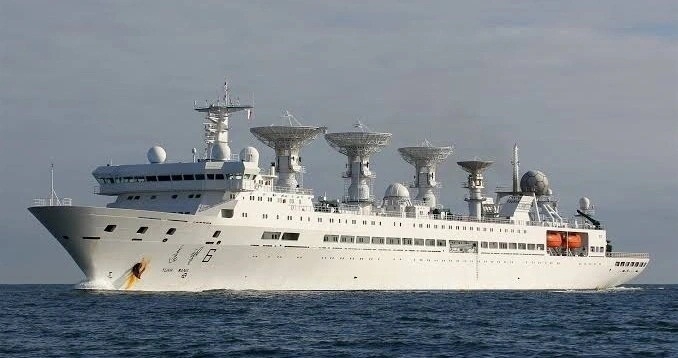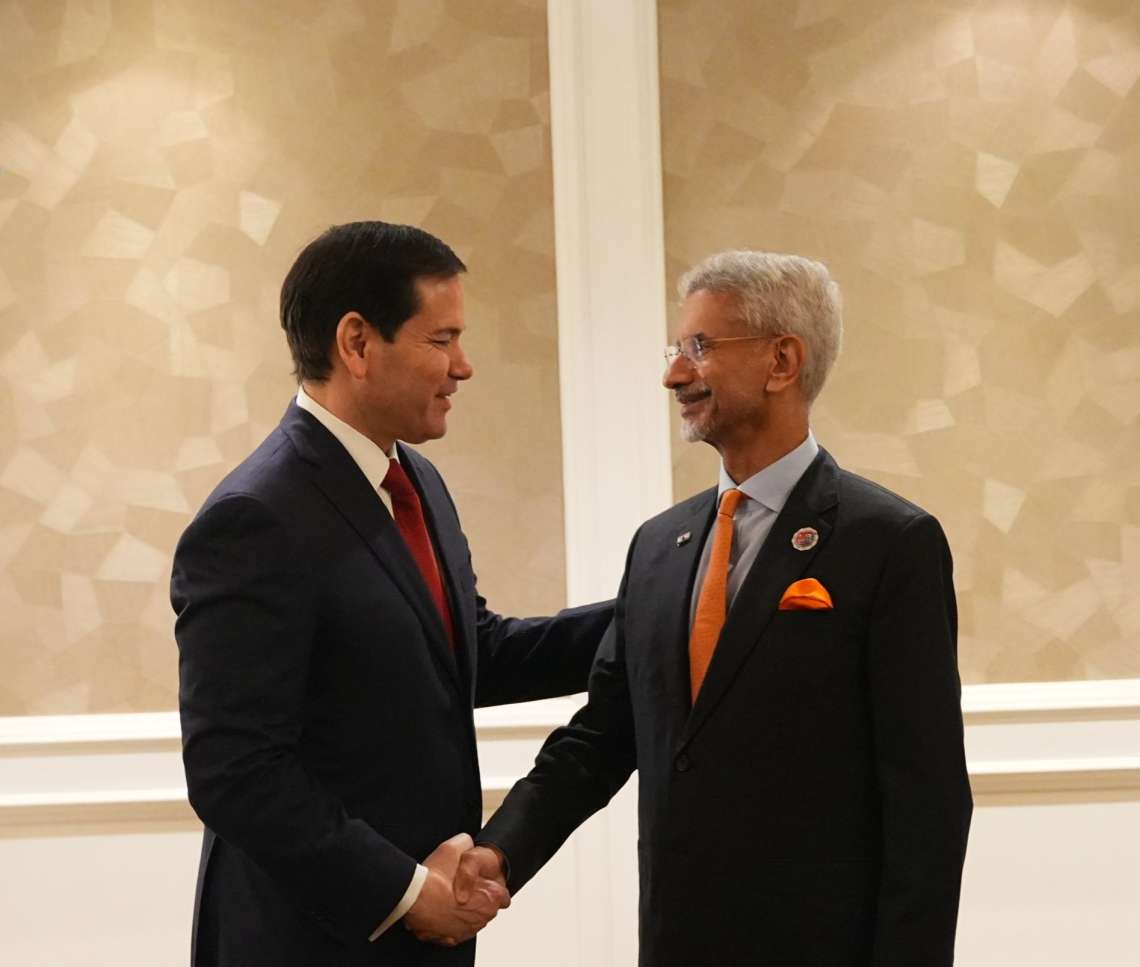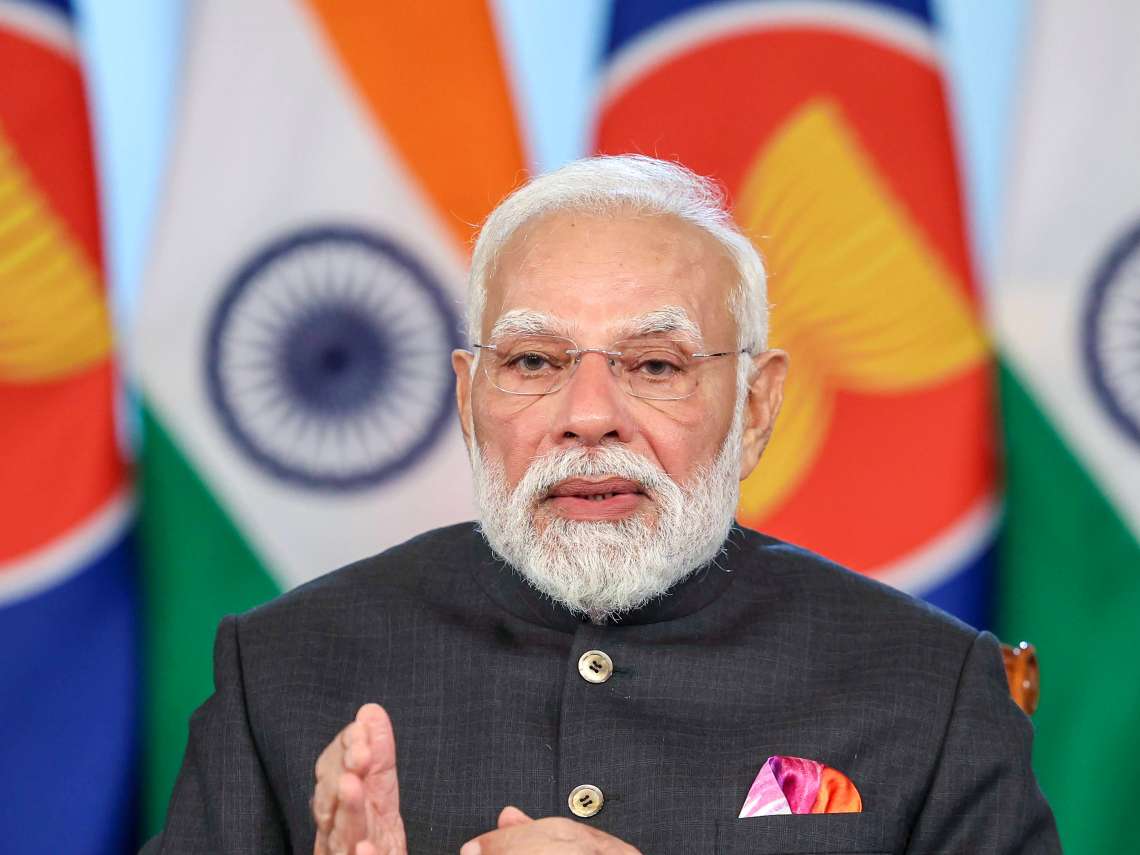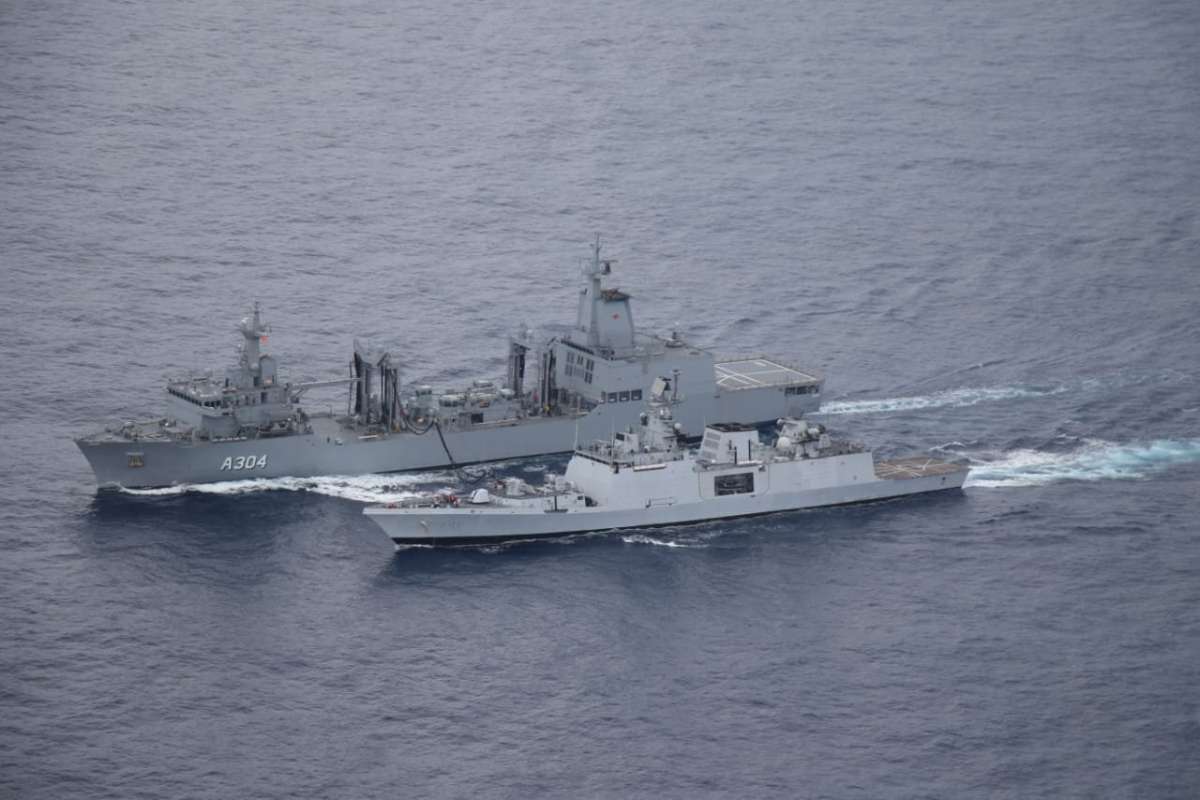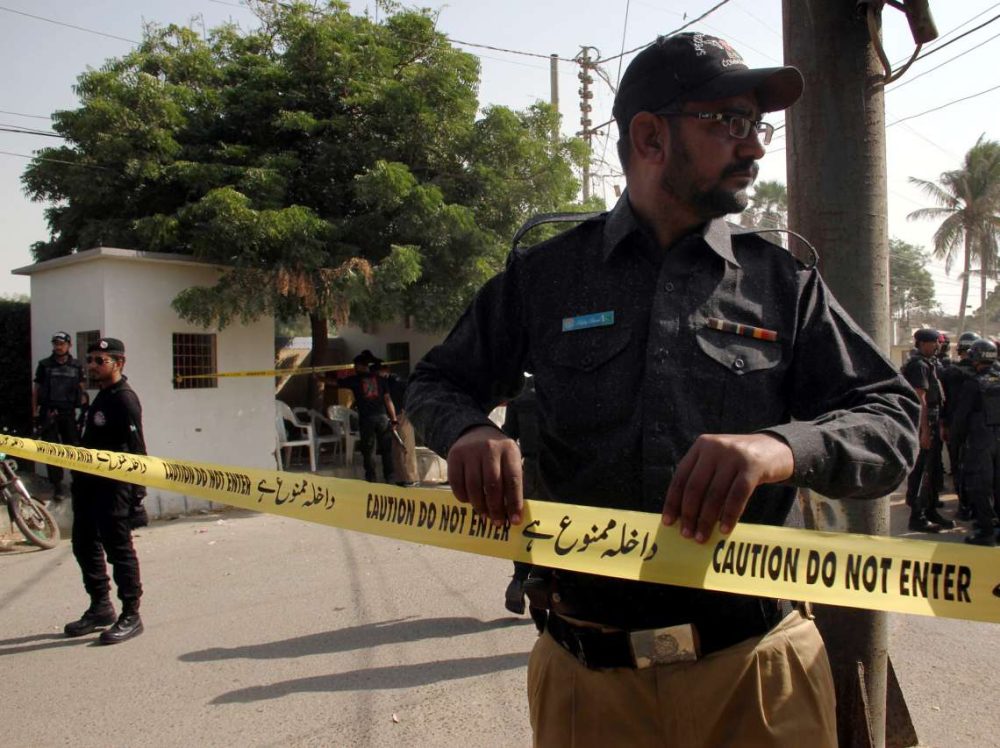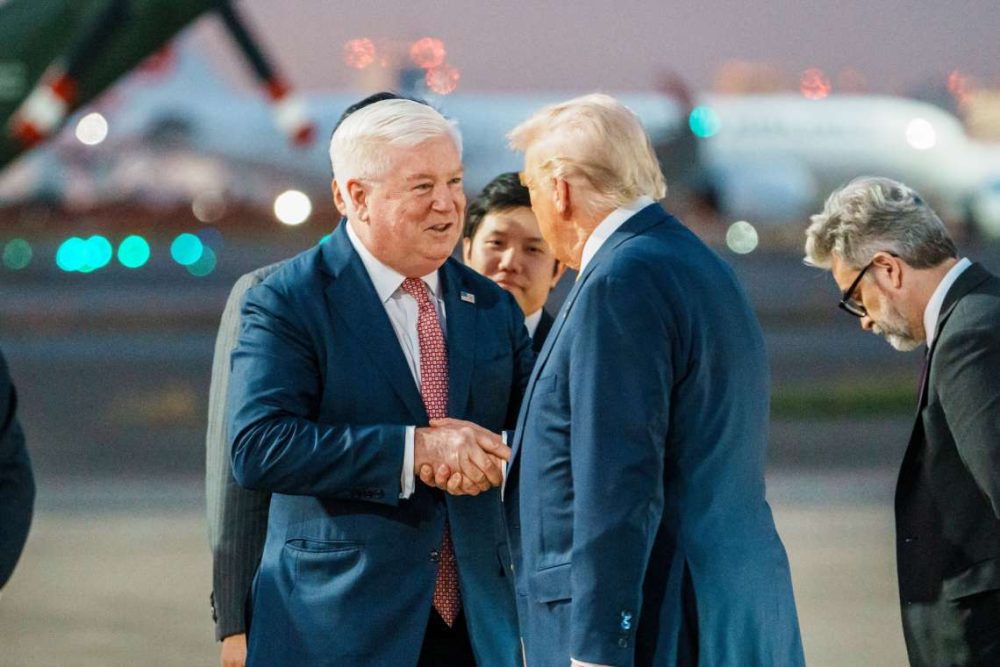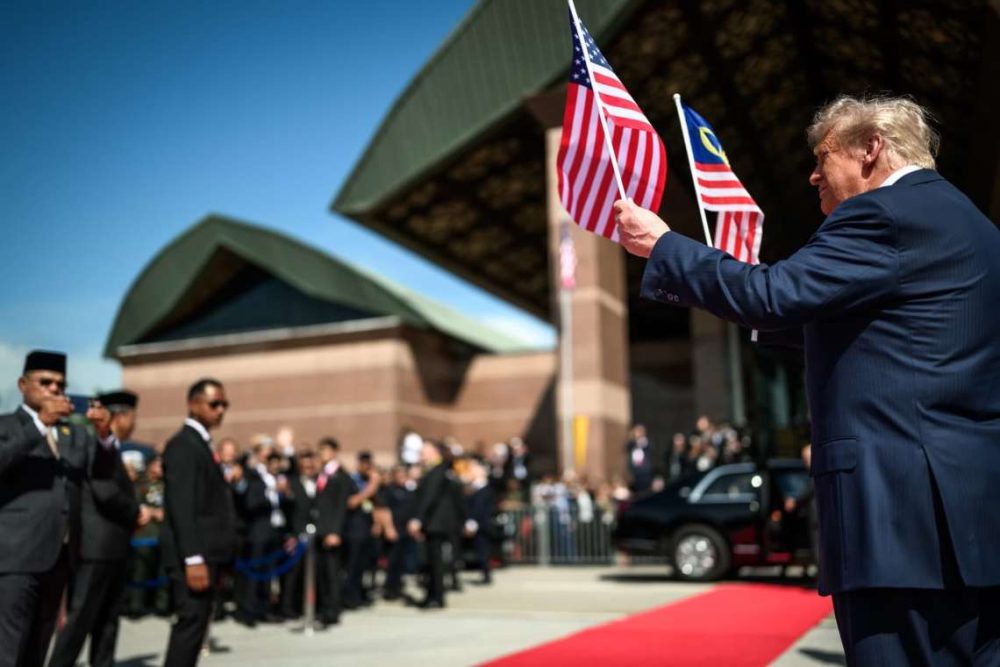With the twentieth party congress and the renewed mandate for Xi Jinping out of the way, the ever-assertive strategic posture is likely to become a norm of China’s approach to foreign policy, writes Sankalp Gurjar
Earlier this month, a Chinese survey ship Yuan Wang VI entered the Indian Ocean, apparently, to track the Indian missile test in the Bay of Bengal. It is the second Chinese spy ship in the Indian Ocean in the last three months which demonstrates the increasing boldness on the part of China. The visit of Yuan Wang V to Sri Lanka in mid-August grabs a lot of attention in India.
As India was celebrating the 75th anniversary of its independence, the Chinese move to dispatch a spy ship and visit Sri Lanka was considered as a mild provocation, not to mention the feeble attempts by politico-economic-crisis-affected Sri Lanka to balance India with China. It also underlined the gravity of security challenge emanating from China for India.
Just prior to the visit of Yuan Wang V, China conducted massive exercises in the Taiwan strait in early August in response to US House speaker Nancy Pelosi’s visit to Taiwan. These exercises have not just been bold but provocative and threatening.
The joint military exercises were conducted dangerously close to the territorial waters of the Island state. They were designed to send a message of China’s willingness and capabilities to Taiwan, its chief benefactor, the US, and to the wider world. These exercises have now set a precedent as far as China’s force projection in the Taiwan strait is concerned. When the next crisis ensues between the US and China over the issue of Taiwan, the aggressive posturing employed this time will form a basis to test the Chinese reaction.
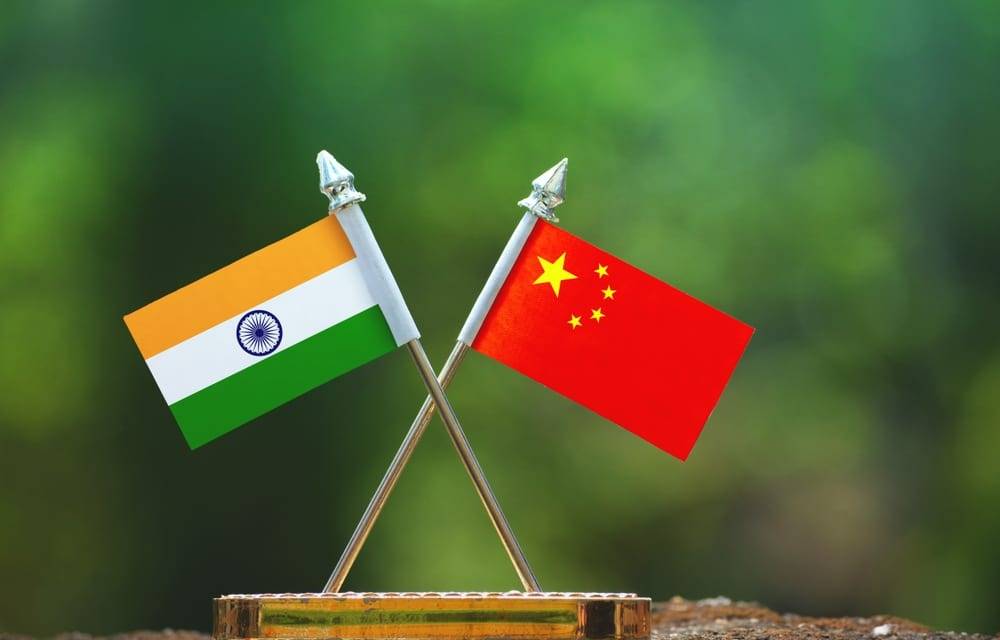
Both these incidents point towards the new reality of an aggressive China which is increasingly willing to flex its muscles abroad. The aggressive Chinese behaviour in its neighbourhood and the militarisation of the South China Sea has been part of global strategic discourse for the last decade. Regional states and the US are taking cognisance of these emerging realities and are shaping their responses to this complex challenge.
With the twentieth party congress and the renewed mandate for Xi Jinping out of the way, the ever-assertive strategic posture is likely to become a norm of China’s approach to foreign policy. It carries geopolitical implications for India, along the Himalayas and in the Indian Ocean.
The Himalayan challenge that China poses to India’s security has been underlined by the military standoff in Ladakh since April 2020. The Chinese challenge along the Himalayas has been intensifying over the last few years and the growing frequency of military standoffs (2013, 2014, 2017, 2020) underline this fact. For India, the real challenge lies not just in disengaging from friction points and creating buffer zones but in restoring the status quo as it existed before the standoffs.
In the Indian Ocean, the increasing frequency of naval visits, the increasingly complex nature of their missions and the growing capabilities of People’s Liberation Army Navy (PLAN) has pointed towards the growing China challenge. Despite the moves such as launching of the indigenously built aircraft carrier INS Vikrant, India’s China challenge has been becoming increasingly tougher in the Indian Ocean. The structural and geopolitical advantages that India enjoys in the region will not be sufficient.
In February 2023, China plans to conduct naval exercises in the Indian Ocean with Russia and South Africa. It will be the second such trilateral exercise between the three BRICS nations. China’s close ties with Iran and Pakistan and the base at Djibouti has helped it to continue its naval presence in the northern littoral of the Indian Ocean. The possibility of military bases in countries like the United Arab Emirates (UAE), Pakistan, Myanmar and Cambodia provide further clues about the Chinese military strategy towards the Indian Ocean.
In fact, for the last decade or so, the growing Chinese naval presence in the Indian Ocean has been emerging as a serious challenge for India. China’s participation in anti-piracy operations off the Horn of Africa (which began in 2008), evacuations from Libya (2011) and Yemen (2015) have helped it to expand its strategic presence steadily. However, recent developments indicate that an emboldened and assertive China is entering the Indian Ocean. It is now the largest navy in the world in terms of number of ships. It is constructing naval warships at a rate that is faster than almost all other navies.
In view of the growing China challenge, in the Himalayas as well as in the Indian Ocean, India is faced with the familiar dilemma between prioritizing the continental and maritime dimensions of security. However, given the nature of China’s challenge, India has no option but to focus on both dimensions simultaneously with, without and despite the help offered by the other great powers.
(Sankalp Gurjar is an Assistant Professor at the Department of Geopolitics and International Relations, Manipal Academy of Higher Education. He specializes in Indo-Pacific security, South Asian geopolitics and Great Power Politics)
(The content is being carried under an arrangement with indianarrative.com)


